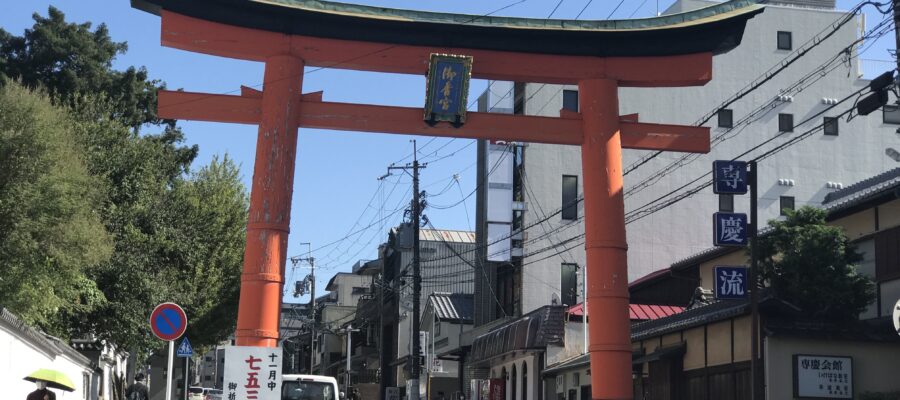御香宮(ごこうのみや)とは、その名の通り、香りのよい水が出るお宮さんという意味です。今から約1200年前の平安時代に、香りのよい水が湧き出たことを知った清和天皇から「御香宮」の名を賜ったと伝わっています。
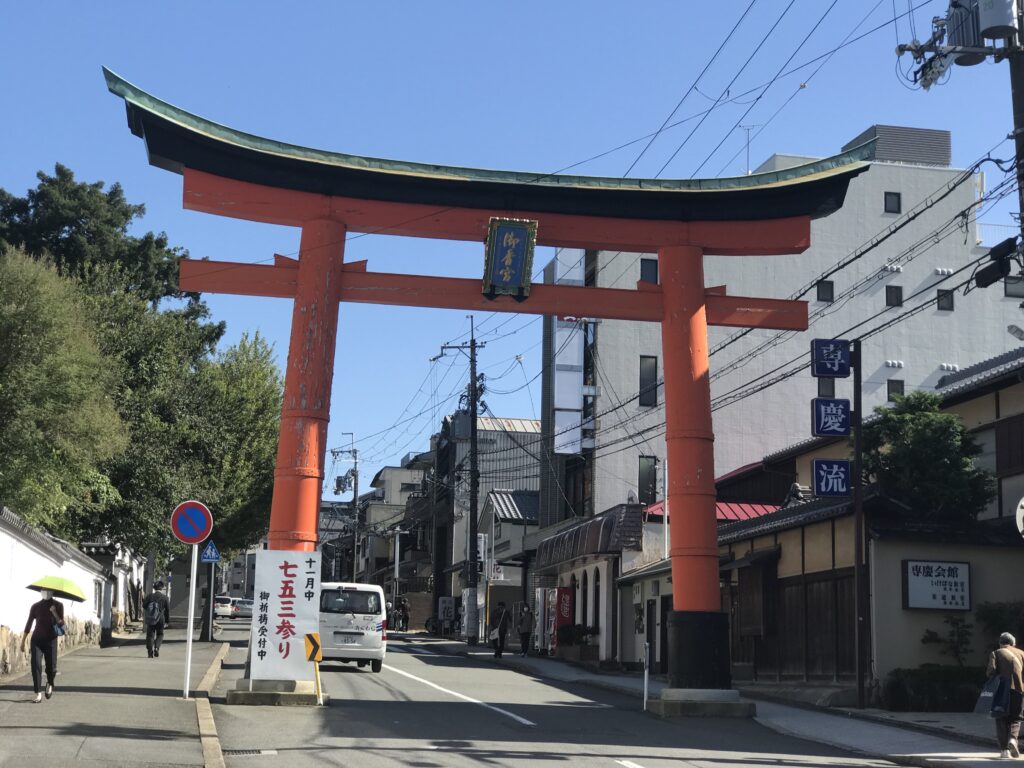
その後、時代が下って応仁の乱に際し、社殿が焼け落ち、小さな社だけが残った時代があったそうです。ただ、1592年に豊臣秀吉が、この近くに伏見城を建設し、現在残っている表門、拝殿、本殿は、徳川家康と頼房(水戸徳川家の初代当主)・頼宣(紀州徳川家の初代当主)による寄進でした。
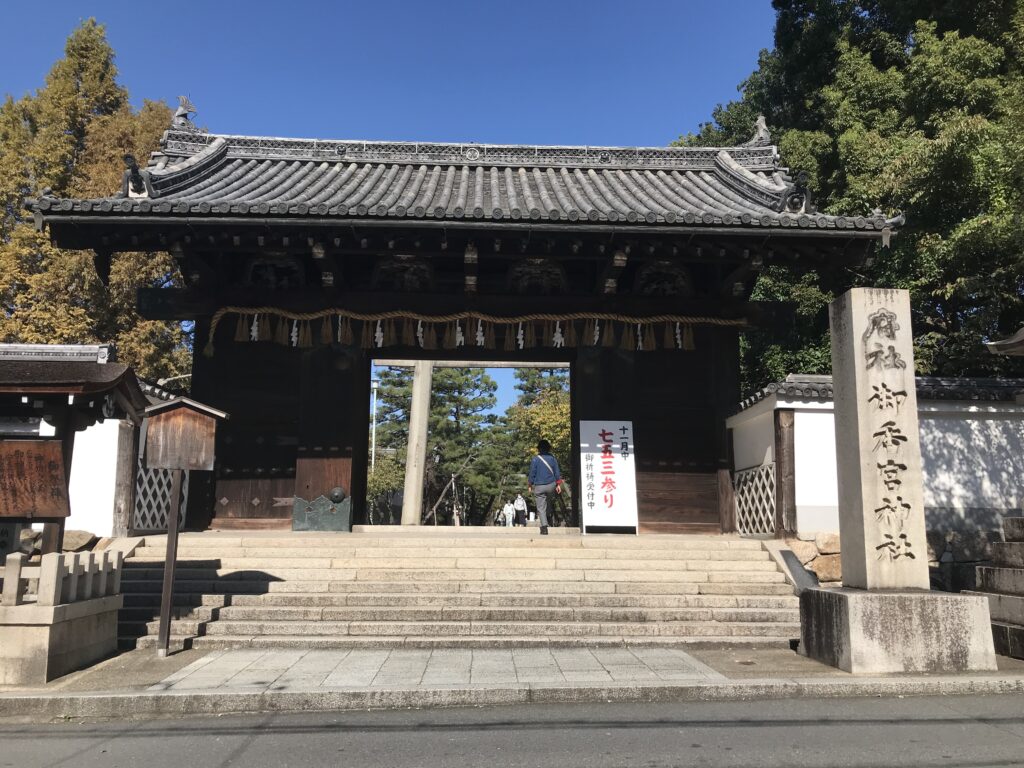
この神社は、幕末の鳥羽・伏見の戦いの時に、薩摩藩の屯所になった場所でもあります。幸い、その時は戦火を免れました。京都は、何重にも歴史が積み重なっている場所なので、1つの場所について、時代順に何があったのか調べていくのも面白いです。
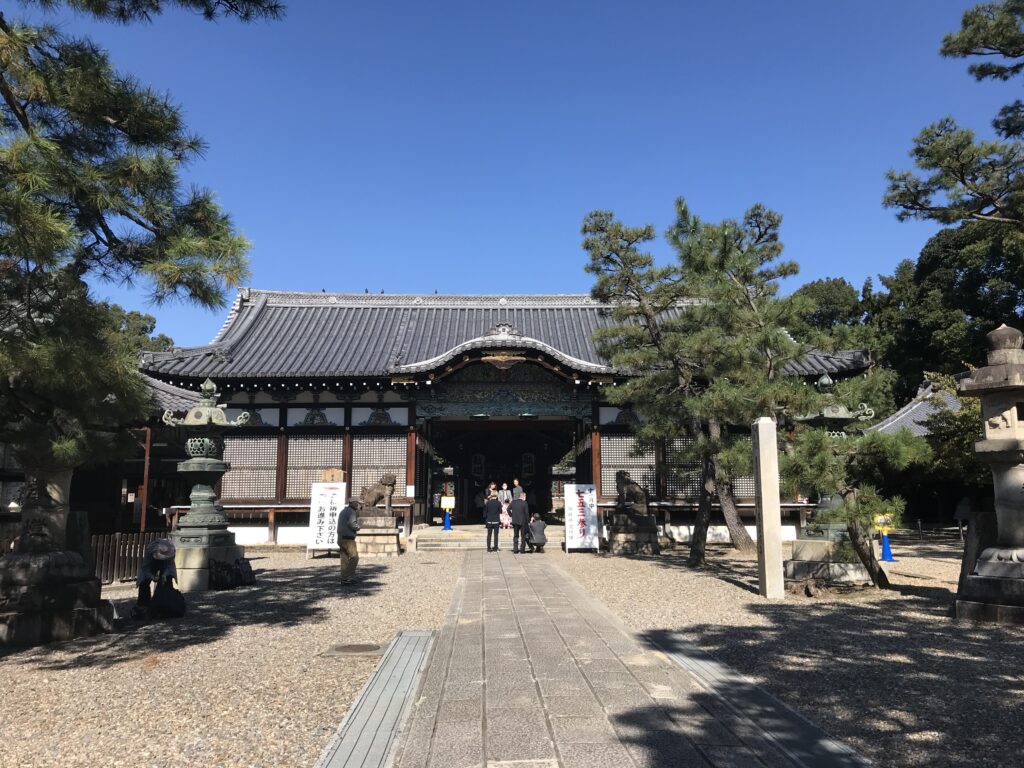
さて、私が訪問した際は、穏やかな秋の一日で、大空の下、七五三参りのために訪れている家族連れが何組かいました。神社の外壁には、「黒田節」誕生の地と書いた立て札があり、その昔、戦国武将の福島正則がこの近くに住んでいたそうです。黒田節の由来については、各自お調べいただくと、面白いと思います。
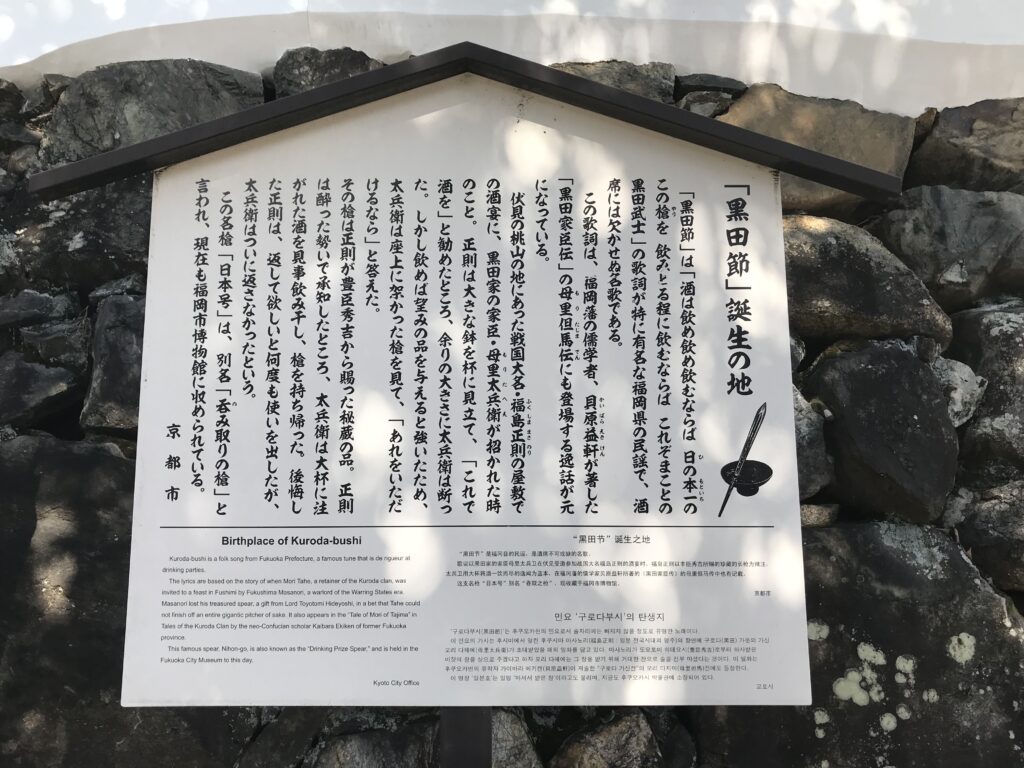
良い香りがする水ですが、明治以降涸れていました。その後、1982年に湧き水が復元され、1985年に環境庁により名水100選に認定されています。場所が伏見ですから、お酒を造るのに適した水が出ているのでしょう。皆さま、訪れる際には、お酒だけでなく、この名水もお楽しみください。(完)
御香宮神社の御朱印
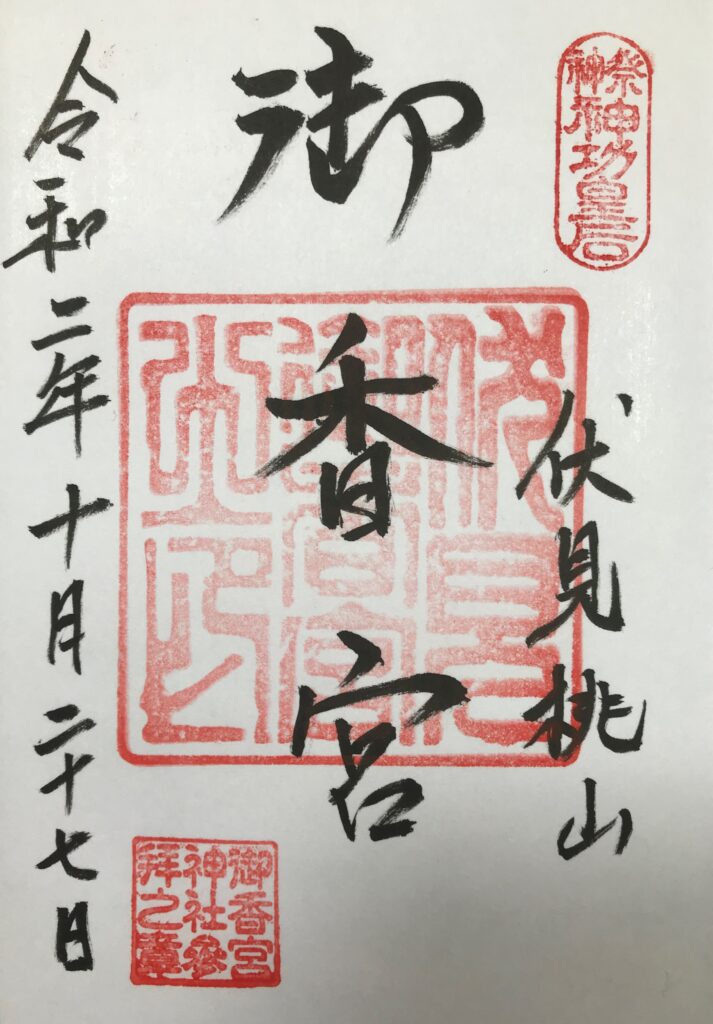
京都のお土産
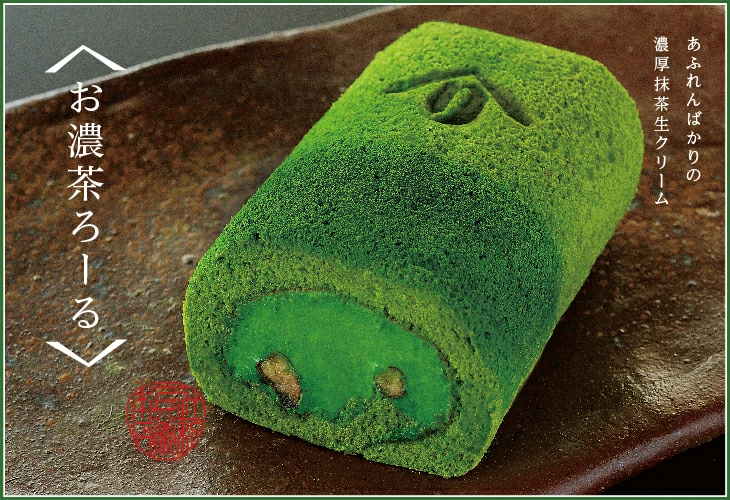
抹茶スイーツ お濃茶抹茶ろーるけーき|お取り寄せスイーツ ロールケーキ 老舗 和菓子 ギフト ケーキ お菓子 バームクーヘン
価格:1,674円
(2021/11/26 22:20時点)
感想(70件)
Gokonomiya Shrine (Kyoto)
Gokonomiya, as the name suggests, means a shrine where fragrant water comes out. It is said that the name ‘Gokonomiya’ was given to the shrine by Emperor Seiwa, who discovered the fragrant water gushing out about 1200 years ago during the Heian period (794-1185).
Later, during the Onin War, the shrine was burnt down and only a small shrine remained. However, in 1592, Toyotomi Hideyoshi built Fushimi Castle near here, and the front gate, worship hall and main hall that remain today were donated by Tokugawa Ieyasu and Yorifusa (the first head of the Mito Tokugawa family) and Yorinobu (the first head of the Kishu Tokugawa family).
The shrine was also the site of the Satsuma clan’s post at the end of the Edo period during the battles of Toba and Fushimi. Fortunately, it was spared from the fire at that time. Kyoto is a place with many layers of history, so it is interesting to look at one place in chronological order to find out what happened there.
When I visited the shrine, it was a mild autumn day, and under a big sky, there were several families visiting the shrine to pray for their children’s seven-five-three childbirth. On the outside wall of the shrine there is a plaque saying that this is the birthplace of Kuroda-bushi (One of Japanese Folksongs), and that the warlord Fukushima Masanori used to live nearby. It would be interesting to find out more about the origin of Kuroda-bushi.
The water has a nice fragrance, but it was dried up after the Meiji period. In 1982, the spring was restored and in 1985 it was designated as one of the 100 best waters in Japan by the Environment Agency. The location of Fushimi means that the water is suitable for brewing sake. When you visit, please enjoy not only the sake but also the water. (End)
Sanctuaire Gokonomiya (Kyoto, Japon)
Gokonomiya, comme son nom l’indique, signifie un sanctuaire d’où jaillit une eau parfumée. On dit que le nom “Gokonomiya” a été donné au sanctuaire par l’empereur Seiwa, qui a découvert l’eau parfumée jaillissant il y a environ 1200 ans pendant la période Heian (794-1185).
Plus tard, pendant la guerre d’Onin, le sanctuaire a été incendié et il n’en est resté qu’un petit. Cependant, en 1592, Toyotomi Hideyoshi a construit le château de Fushimi près d’ici, et la porte d’entrée, la salle de culte et le hall principal qui subsistent aujourd’hui ont été donnés par Tokugawa Ieyasu et Yorifusa (le premier chef de la famille Tokugawa de Mito) et Yorinobu (le premier chef de la famille Tokugawa de Kishu).
Le sanctuaire fut également le site du poste du clan Satsuma à la fin de la période Edo lors des batailles de Toba et de Fushimi. Heureusement, il a été épargné par le feu à cette époque. Kyoto est un lieu qui comporte de nombreuses couches d’histoire, il est donc intéressant de regarder un endroit dans l’ordre chronologique pour savoir ce qui s’y est passé.
Lorsque j’ai visité le sanctuaire, c’était une douce journée d’automne, et sous un grand ciel, il y avait plusieurs familles qui visitaient le sanctuaire pour prier pour la naissance de leurs enfants sept-cinq-trois. Sur le mur extérieur du sanctuaire, une plaque indique que c’est le lieu de naissance de Kuroda-bushi (l’une des chansons populaires japonaises) et que le seigneur de la guerre Fukushima Masanori vivait à proximité. Il serait intéressant d’en savoir plus sur l’origine du Kuroda-bushi.
L’eau a un parfum agréable, mais elle a été asséchée après la période Meiji. En 1982, la source a été restaurée et en 1985, elle a été désignée comme l’une des 100 meilleures eaux du Japon par l’Agence pour l’environnement. L’emplacement de Fushimi signifie que l’eau est adaptée au brassage du saké. Lors de votre visite, appréciez non seulement le saké mais aussi l’eau. (Fin)
